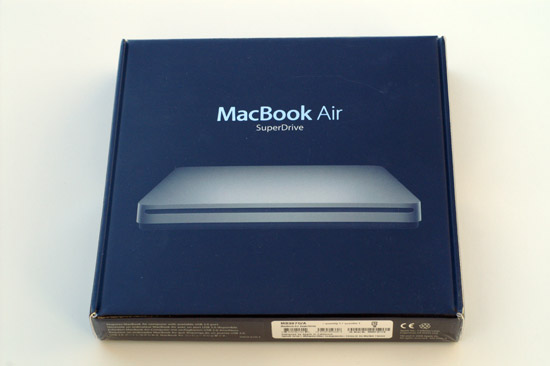'I gather Photos is really a syncing device embedded in the OS, designed

So you can view a photo from last week or last year no matter where you are. ICloud Photos keeps every photo and video you take all in one place, and you can access them from your iPhone, iPad, iPod touch, and Mac, on iCloud.com, and even with your PC. While limited in its functions, iPhoto Library Manager for Mac works well as a basic photo file manager. Editors' note: This is a review of the trial version of iPhoto Library Manager for Mac 4.0. Organize your collection into albums, or keep your photos organized automatically with smart albums. Perfect your images with intuitive built-in editing tools, or use your favorite photos apps. And with iCloud Photos, you can keep all your photos and videos stored in iCloud and up to date on your Mac, Apple TV, iPhone, iPad, and even your PC. Organize your collection into albums, or keep your photos organized automatically with smart albums. Perfect your images with intuitive built-in editing tools, or use your favorite photos apps. And with iCloud Photos, you can keep all your photos and videos stored in iCloud and up to date on your Mac, Apple TV, iPhone, iPad, and even your PC.
as a way to force the user to use iCloud with the attendant need to buy
the needed storage. '
You gather incorrectly. I use Photos with absolutely no iCloud integration and it works just fine.
To start using Photos just hold down the option key when you start Photos and it pops up a dialog to allow you to select your iPhoto Library. It will then create a new Photos library with your iPhoto media, but leave the iPhoto library intact.
Prepare your drive
You can store your library on an external storage device, such as a USB or Thunderbolt drive formatted as APFS or Mac OS Extended (Journaled). However, you can't move your library to a disk that's used for Time Machine backups. Find out how to check the format of your external storage device.
To prevent data loss, Apple doesn't recommend storing photo libraries on external storage devices like SD cards and USB flash drives, or drives that are shared on a network.
Move your Photos library to an external storage device
- Quit Photos.
- In the Finder, go to the external drive where you want to store your library.
- In another Finder window, find your library. The default location is Users > [username] > Pictures, and it's named Photos Library.
- Drag your library to its new location on the external drive. If you see an error, select your external drive's icon in the Finder, then choose File > Get Info. If the information under Sharing & Permissions isn't visible, click the triangle button , then make sure the 'Ignore ownership on this volume' checkbox is selected. If it's not selected, click the lock button to unlock it, enter an administrator name and password, then select the checkbox.*
- After the move is finished, double-click Photos Library in its new location to open it.
- If you use iCloud Photo Library, designate this library as the System Photo Library.
Delete original library to save space
Iphoto For Mac Os
After you open your library from its new location and make sure that it works as expected, you can delete the library from its original location.
In a Finder window, go back to your Pictures folder (or whichever folder you copied your library from) and move Photos Library to the trash. Then choose Finder > Empty Trash to delete the library and reclaim disk space.

Open another Photos library
Install Iphoto On Mac
If you have multiple libraries, here's how to open a different one:
- Quit Photos.
- Press and hold the Option key while you open Photos.
- Select the library that you want to open, then click Choose Library.
Photos uses this library until you open a different one.
Learn more
Iphoto For Mac 10.6.8
If you have a permissions issue with your library, you might be able to resolve the issue by using the Photos library repair tool.
Iphoto For Mac Tutorial
* If the volume isn't formatted APFS or Mac OS Extended (Journaled), or has been used for Time Machine backups but hasn't been erased, this checkbox will either not be present, or won't be selectable after unlocking. Erase and reformat the drive for this option to be available.
